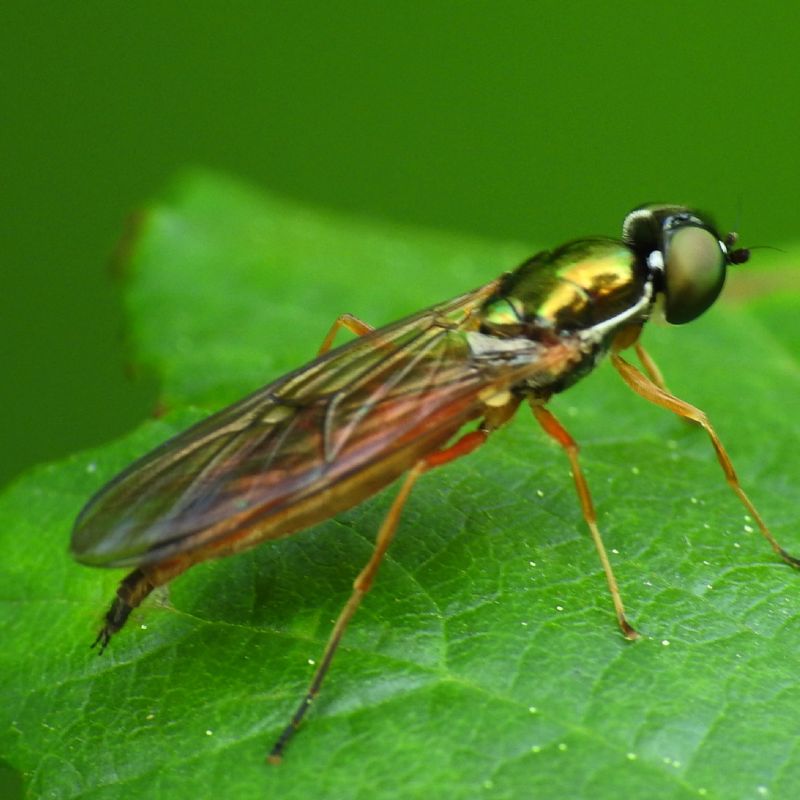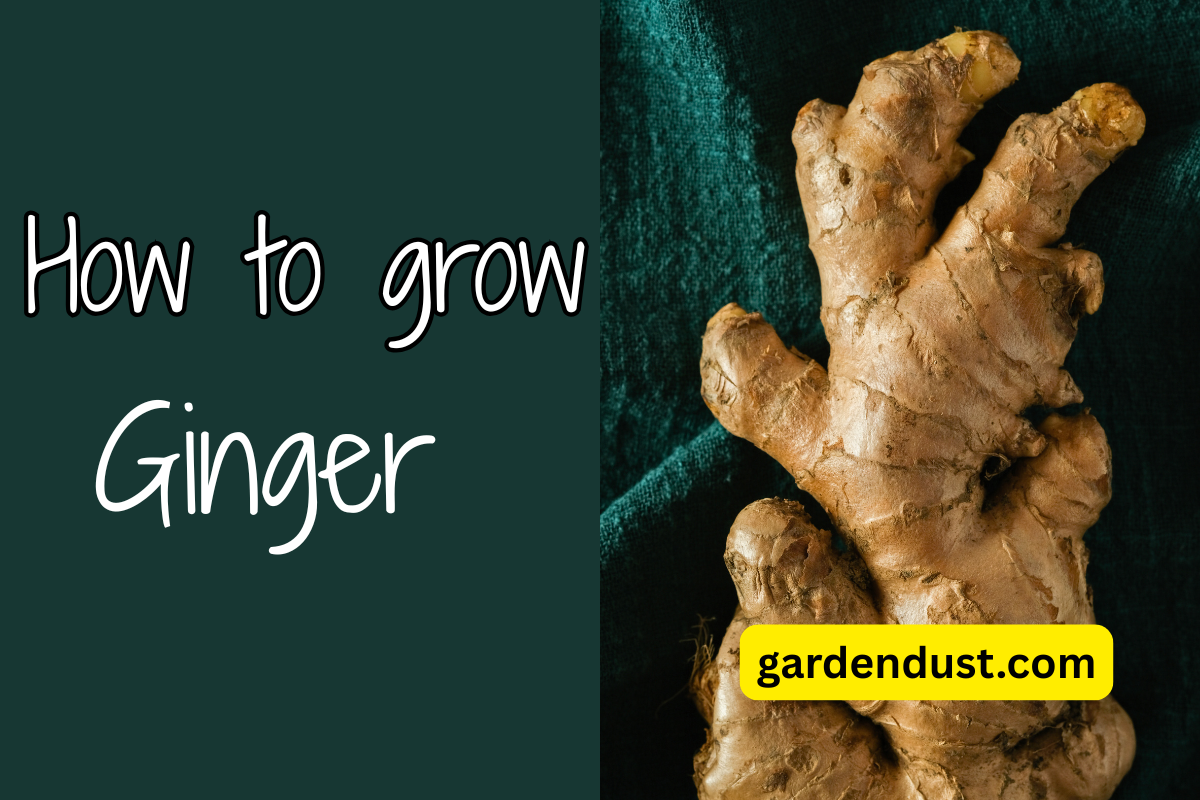Garden-grown carrots are a popular and rewarding addition to any vegetable patch, offering a burst of freshness and flavor when harvested. However, even experienced gardeners can encounter challenges when cultivating these vibrant orange root vegetables. In this article, we’ll explore 10 Common Problems With Garden-Grown Carrots and Solutions
Stunted Growth and Forking
Problem: Carrots with stunted growth or forked roots can be disappointing and frustrating. These issues are often caused by compacted soil or the presence of stones and debris, forcing the roots to grow in irregular shapes.

How to Fix it
- Prepare the soil thoroughly before planting by removing stones, rocks, and other obstructions.
- Loosen the soil to a depth of at least 12 inches, ensuring proper aeration and allowing the roots to grow straight and healthy.
- Consider using shorter carrot varieties for heavy or rocky soils, as they are less likely to fork.
Poor Germination
Problem: Uneven or poor germination is a common issue faced by gardeners when growing carrots. The tiny seeds can struggle to establish themselves in adverse conditions.

How to Fix it:
- To improve germination rates, consider mixing the carrot seeds with sand or vermiculite before sowing.
- This will help distribute the seeds more evenly across the planting area.
- Additionally, keep the soil consistently moist until germination occurs, as dry conditions can hinder seed development.
Carrot Rust Fly Infestation
Problem: Carrot rust flies are notorious pests that lay eggs near the base of carrot plants. The hatched larvae tunnel into the roots, causing considerable damage.

How to Fix it
- To ward off carrot rust flies, consider covering your carrot beds with floating row covers.
- These lightweight fabrics act as a barrier, preventing the flies from laying eggs on the plants.
- Also, practice crop rotation each season, as this disrupts the fly’s lifecycle and reduces infestation risks.
Carrot Root Fly Larvae
Problem: Carrot root fly larvae feed on the roots of carrot plants, leading to the plants wilting and dying.

How to Fix it
- Employ companion planting techniques to repel carrot root flies. Planting onions, leeks, or garlic near your carrot patch can help deter these pests.
- Additionally, consider using biological control methods like nematodes, which are harmless to humans and plants but target the root fly larvae.
Carrot Leaf Blight
Problem: Carrot leaf blight is a fungal disease that appears as brown or black spots on the leaves. It can weaken the plants and reduce the carrot yield.

How to Fix it
- To prevent leaf blight, practice proper spacing between carrot plants to promote air circulation and reduce humidity.
- Avoid overhead watering, as wet foliage can facilitate fungal growth.
- If leaf blight is detected, remove affected plants promptly to prevent further spread.
Carrot Canker
Problem: Carrot canker manifests as sunken, brown lesions on the roots, making them unappetizing and prone to rot.

How to Fix it
- Choose resistant carrot varieties if canker has been a recurring issue in your garden.
- Practice crop rotation to prevent the buildup of canker-causing pathogens in the soil.
- Properly space and thin the carrot plants to allow for good air circulation, reducing the chances of infection.
Carrot Cracking
Problem: Carrots can crack when exposed to inconsistent watering or when left in the ground for too long after reaching maturity.

How to Fix it
- Maintain a regular watering schedule, ensuring the soil remains consistently moist but not waterlogged.
- Harvest carrots promptly when they reach maturity, as leaving them in the ground for too long can lead to cracking.
Bitter-Tasting Carrots
Problem: Carrots may develop a bitter taste due to environmental stress or poor growing conditions.

How to Fix it
- Provide carrots with consistent moisture and avoid excessive heat or dry spells. Bitterness can also result from overcrowding, so thin the plants to the recommended spacing.
- Always choose for varieties that are known for their sweet flavor and resistance to bitterness.
Carrot Top Dieback
Problem: Carrot top dieback can occur for various reasons, including nutrient deficiencies, disease, or pest infestations.

How to Fix it
- Ensure your carrot plants receive the necessary nutrients by amending the soil with compost or well-balanced fertilizer before planting.
- Regularly inspect the plants for signs of disease or pests and take appropriate measures if any issues are detected.
Carrot Storage Challenges
Problem: After a successful harvest, storing carrots properly is crucial to prevent spoilage and maintain their freshness.

How to Fix it
- Store freshly harvested carrots in a cool, dark, and humid environment to keep them crisp and tasty. Consider using a refrigerator or root cellar for long-term storage.
- Remove the carrot greens before storage, as they can draw moisture away from the roots and cause them to wither.
Final Thoughts
Growing garden-fresh carrots can be a rewarding experience for any gardener. However, various challenges may arise throughout the cultivation process. By employing the solutions provided in this article, you can overcome common problems such as stunted growth, pests, diseases, and storage issues, ensuring a bountiful harvest of delicious and healthy carrots year after year. Happy gardening….







